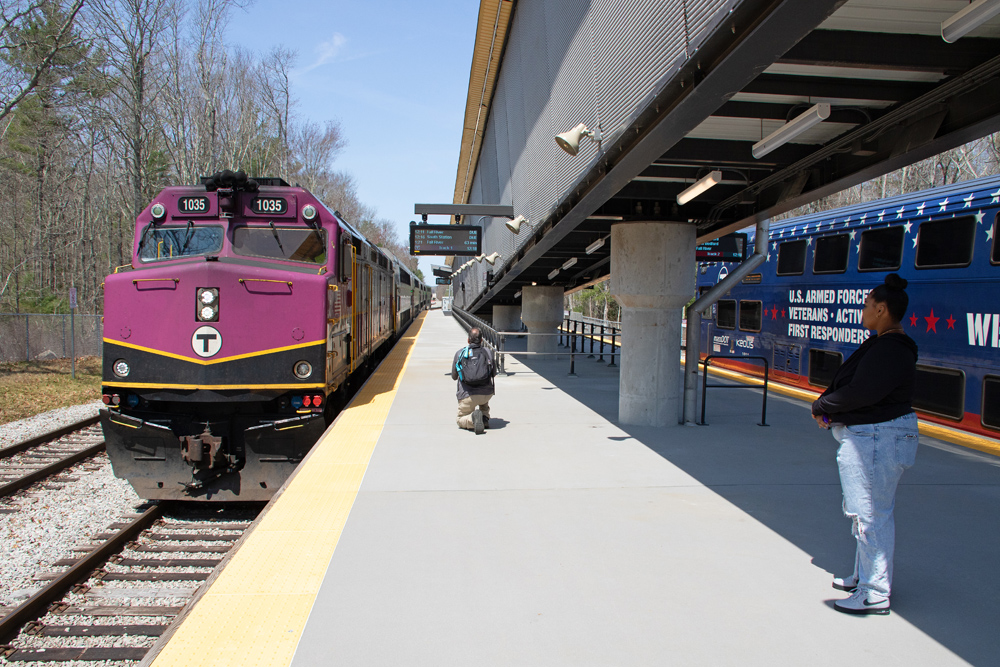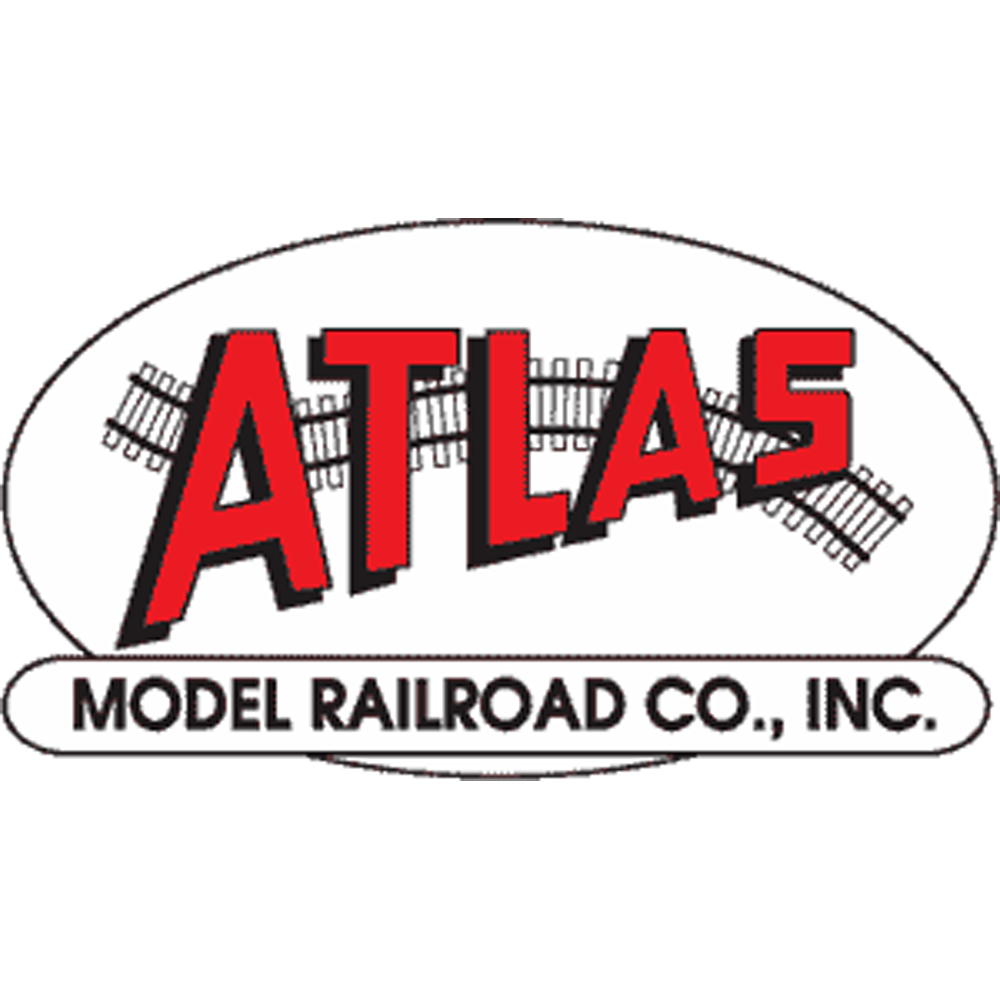The short-term impact includes unexpected service changes, the bunching of customer traffic, and the handling of larger trains at interchange, which require more switching for G&W in yards that are not built for longer trains. Also problems: Equipment supply constraints and tighter run-through power agreements.
But in the longer term, PSR results in more balanced and consistent train plans, more fluid terminals, and improved service reliability that can lead to growth, Miller told the North East Association of Rail Shippers.
Traffic G&W railroads interchange with Canadian Pacific, for example, has grown more in the past 24 months than it has in the last 20 years, Miller says.
CP has a renewed focus on shortline partnerships, its network is running well, and more reliable service translates into increased volumes, Miller says. At an investor conference last month, CP’s chief marketing officer, John Brooks, said the railway’s trip-plan compliance was running at a 94% level.
CP also is looking for new business and is working with G&W on “all sorts of opportunities,” Miller says.
“I think, long term, you’ll see this pivot back to growth,” Miller says.
Miller was asked about the best and worst impacts of PSR on Genesee & Wyoming’s railroads.
The best, he says, include better service, more consistent interchange, and improved terminal fluidity, which enables G&W to get in and out of Class I yards much more efficiently than before.
“At CSX, as we interchange with them in certain terminals, it’s a whole lot easier getting in and out today than it was three years ago,” Miller says.
The worst impacts, he says, include the longer implementation of PSR that drags out uncertainty, as well as Class I changes made with no consideration about consequences for interline partners.
G&W has entered into five-year agreements with Class I railroads, for example, only to have the Class I renege amid the shift to PSR.
“To me, that’s not a partnership,” Miller says.
Miller says he preferred CSX’s quick, “rip off the Band-Aid” approach to PSR operational changes to the go-slow approach that other railroads are using to minimize disruption.
The rapid changes at CSX under then-CEO E. Hunter Harrison were painful, Miller says, but the longer implementation at the other Class I railroads drags out uncertainty about rates and service for G&W and its customers.
PSR is about efficiency, utilizing assets, having the right number of people, and balancing a railroad’s workload.
“There is nothing rocket science about PSR,” Miller says. “It’s about conviction to manage your business tightly.”
Not every rail customer will fit into a PSR railroad’s service plans, Miller says.
“I will defend our Class I partners. They run a network, so they can’t customize every single one of their service products for every customer in the room because it impacts many, many people inside their network,” he explains.
Shortlines, however, don’t operate a network and therefore don’t have constraints like needing to have locomotives make connections to the next train or keeping power balanced.
G&W’s railroads are “a customized supply chain solution for our customers on the first and last mile,” Miller says.
Shortlines can help with blocking originating traffic for its destination, provide flexible local switching, and a place to store cars when storage is no longer available on a Class I.
After a blockbuster 2018, when G&W saw traffic rise 6.3%, volumes are down 0.3% this year when coal and intermodal are excluded, Miller says. The decline is largely due to trade disputes, greater competition from trucking, and lingering uncertainty amid the Class I shift to PSR, he says.
G&W sees a continued traffic slowdown but not “doom and gloom,” Miller says.
Keys to growth in the railroad industry are providing service that’s reliable and consistent, Miller says, along with making railroads far easier to do business with.
“We have to fix that,” he says, citing the need for better and faster pricing, improved visibility for empty and loaded cars, and real-time shipment tracing available on a single smartphone app that works across multiple railroads.
“We have to connect the dots for the customer,” he says. “Don’t make them connect the dots for themselves.”















Clueless. Mr. Miller, come visit your Buffalo and Pittsburgh operation and ride to CSX New Castle yard.
nobody wins with PSR, except the shareholder
I wonder what he was smokin?
PSR is just another way to squeeze more profit out of a dwindling business. An industry over 100 years old and they are still learning how to gain customers. Give me a break. The railroads believe that customers are available to serve them under PSR when it is actually the other way around and always has been. Trucking is and has been eating the railroads lunch of the last 50 years and the beat continues. The only area of growth are the captive customers.
With all due respect to Mr. Miller; his comments strike me as akin to slapping lipstick on a pig.
I wish some “think tank” would conduct a study of the rollout of precision scheduled nonsense on the last four Class 1’s that have adopted it; to review the additional costs borne by shippers and shortlines versus the theoretical savings and efficiencies accruing to the Class 1’s.
I’m sure the audience got a kick out of the strings holding Mr. Miller in place. I assume a Class I mid-level manager is put in charge of the puppeteer work.
LOL! Jim; you may be right!
I think Mr. Miller must have golfed with Mr. Harrison.